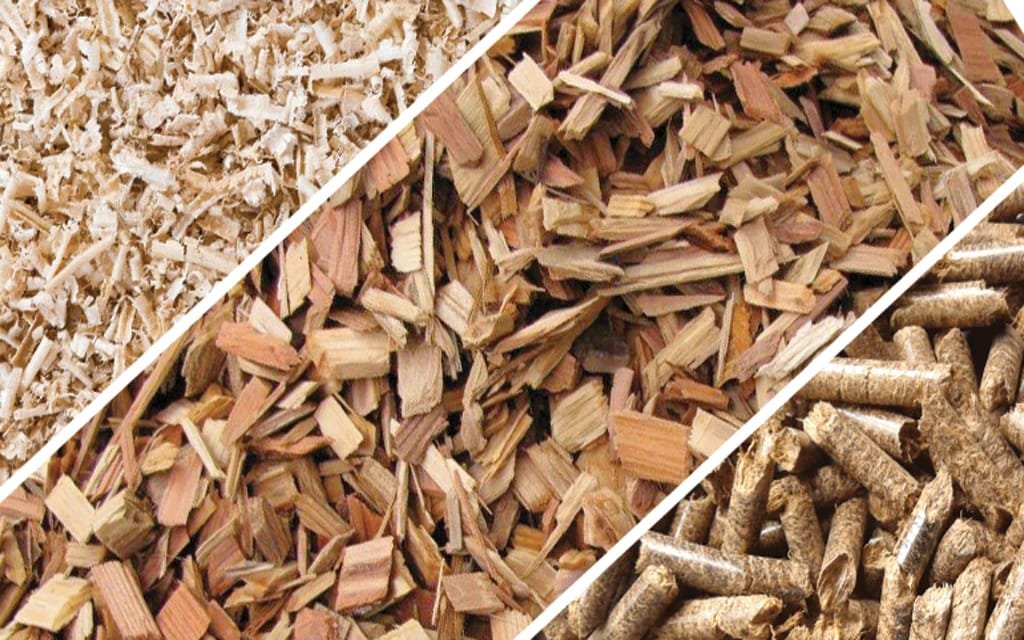Wood pellet hammer mills are vital components in the biomass and wood pellet production sectors. These machines are engineered to reduce various types of biomass materials into fine particles that are ideal for pelletization. This article delves into the primary functions and applications of wood pellet hammer mills.
Primary Functions of Wood Pellet Hammer Mills
The core function of a wood pellet hammer mill is to grind raw biomass materials into a uniform, fine particle size suitable for pellet production. This process is crucial for several reasons:
- Size Reduction: Raw biomass materials often vary in size and shape. The hammer mill efficiently breaks these materials down into smaller, consistent particles.
- Increased Surface Area: Reducing particle size enhances the surface area of the material, which is essential for effective pelletization.
- Improved Binding: Smaller particles adhere better during the pelletizing process, resulting in denser and more durable pellets.
- Moisture Equalization: The grinding process helps to distribute moisture evenly throughout the material, which is vital for ensuring pellet quality. (Related post: pallet crushing machine)

Key Applications of Wood Pellet Hammer Mills
Wood Pellet Production
The most prevalent application of hammer mills is in the production of wood pellets. They process a variety of wood materials, including:
- Sawdust
- Wood chips
- Tree branches
- Forestry residues
For instance, the CF500B wood hammer mill from Biopellet Machine can process wood materials at a capacity of 800-1100 kg/h, making it suitable for industrial-scale wood pellet production.
Agricultural Biomass Processing
Hammer mills are also employed to process agricultural residues for pellet production, including:
- Straw (wheat, rice, corn)
- Corn stalks
- Cotton stalks
- Other crop residues
The versatility of machines like Biopellet Machine’s electric wood hammer mill enables the processing of diverse agricultural materials, broadening the range of raw materials available for pellet production.
Waste Management
Wood pellet hammer mills significantly contribute to waste management by processing:
- Urban wood waste
- Construction and demolition debris
- Landscaping waste
By converting these waste materials into usable biomass feedstock, hammer mills support sustainable waste management practices.
Biofuel Production
Beyond pellet production, hammer mills are utilized in the broader biofuel industry for processing biomass aimed at:
- Bioethanol production
- Biogas production
- Other bioenergy applications
Animal Feed Production
While primarily designed for wood and biomass processing, these hammer mills can also be adapted to grind materials used in animal feed production, such as:
- Grains
- Hay
- Other feed ingredients
This adaptability makes them valuable in agricultural settings beyond biomass processing.
Features and Considerations
When selecting a wood pellet hammer mill, several key features should be considered:
- Capacity: Mills like the CF500B from Biopellet Machine provide high capacities (800-1100 kg/h), making them suitable for industrial applications.
- Power Source: Options include electric motors (as seen in Biopellet Machine’s electric wood hammer mill) or diesel engines for operation in remote locations.
- Screen Size: Adjustable screens allow for control over the final particle size, typically ranging from 3-5 mm for pellet production.
- Durability: Hammers made from durable materials like tungsten carbide, as specified by Rotex Machine, enhance efficiency and lifespan.
- Ease of Maintenance: Features such as easily replaceable hammers and screens are crucial for minimizing downtime.
- Safety Features: Modern hammer mills often include safety mechanisms to prevent accidents and enhance operational safety.
Technological Advancements
Recent advancements in wood pellet hammer mill technology include:
- Improved Energy Efficiency: Newer models are designed to consume less energy while maintaining high output.
- Advanced Control Systems: Digital controls allow for precise adjustments of operating parameters.
- Integration with Pellet Production Lines: Many hammer mills are now designed for seamless integration into complete pellet production systems.
- Noise Reduction: Innovations in design have led to quieter operation, enhancing working conditions.
Conclusion
Wood pellet hammer mills are essential equipment in the biomass processing and pellet production industries. Their primary function of reducing raw biomass materials to a consistent, fine particle size is critical for producing high-quality wood pellets and other biomass products. These machines are utilized not only in wood pellet production but also in processing agricultural residues, managing waste, and contributing to biofuel and animal feed production.
The versatility and efficiency of wood pellet hammer mills make them indispensable in the expanding renewable energy sector. As technology advances, these machines continue to improve in energy efficiency, output quality, and integration with other production processes. For businesses involved in biomass processing or those considering entry into the field, investing in a high-quality wood pellet hammer mill is a crucial step toward efficient and sustainable production.


